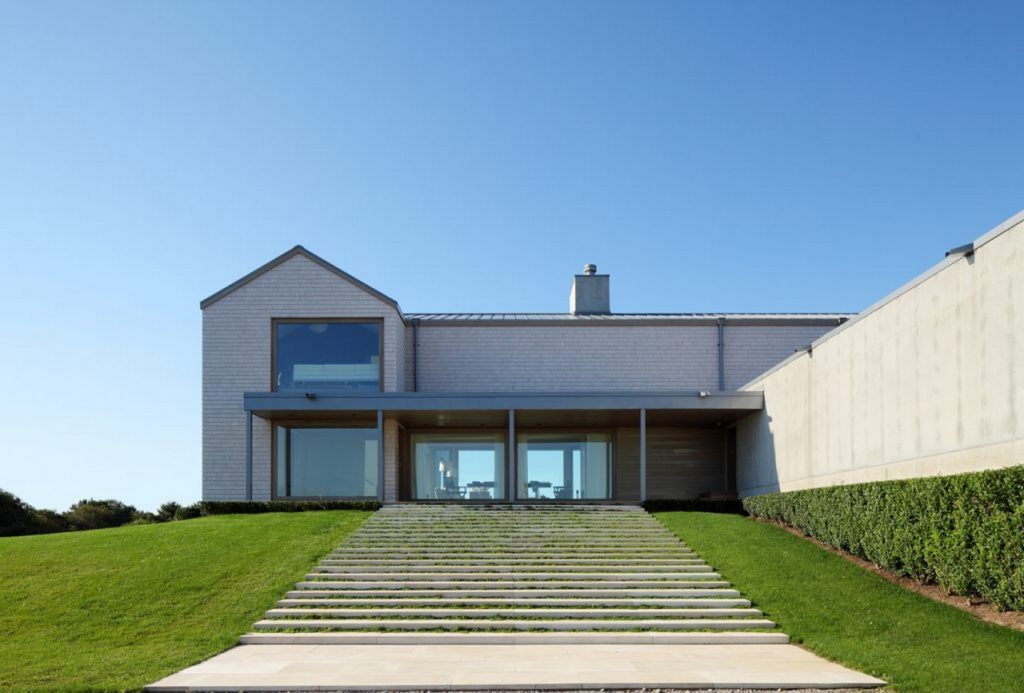Doing your own plumbing work can save you a lot of money, and simple plumbing jobs do not require a great deal of knowledge or skill. A beginner should be able to cope with straightforward jobs, like replacing a tap washer or خرید فلاش تانک روکار in a basin, and an average handyman should be able to tackle more complicated jobs, such as plumbing in a separate shower. But you should think twice before trying to tackle very complicated jobs. Working on a plumbing system can be dirty work – especially if you have to lift the floorboards or work in a dusty loft and it can be fairly strenuous.
There are two main parts to a household plumbing system – the water supply system and the waste system. The water supply system is a set of pipes and fittings which carries clean water to baths, basins, WCs and so on. The waste system is another set of pipes which carries used water away to drains and sewers. In an old house, or one with many plumbing fittings, the pipework may seem very confusing, but basic plumbing systems are really quite simple. Before starling work on your plumbing system, trace all the pipework carefully so that you know where each pipe leads and what it does.
Water supply A household plumbing system basically starts at the water supply undertaking’s (either a water authority or a company) stopcock. This is usually situated outside the boundary of the property about 750mm below ground under a small metal cover, probably in the pavement. Most water supply undertakings’ stop cocks need a special key to turn them on and off. The stopcock controls the flow of water between the water supply under-taking’s water main and the household water supply. The pipe which carries water from the stopcock to the house is known as the service pipe, and the responsibility for maintaining it lies with the householder. Before 1939, service pipes were usually lead or steel; nowadays they are often copper or polythene. Many service pipes slope upwards slightly from the water supply undertaking’s stopcock to the house but should always be at least 750mm below ground. Once inside the house, the pipe (now called a rising main) can be protected against freezing by running it along an inside wall. In houses with suspended floors it may be necessary to give the pipe additional frost protection.
Indirect plumbing systems In an indirect system, the primary purpose of the rising main is to feed water into a cold water cistern (often, wrongly, called a tank) which is usually situated in the loft. Most of the taps and other plumbing fittings in the house will get their water supply from this cistern, which is kept lopped up from the rising main through a ballvalve. However, at least one tap usually the cold water lap in the kitchen has to be supplied direct from the rising main to provide a supply of drinking water.
Depending on the local water by-laws, one, two or more fittings may be made direct to the rising main – one for an outside water lap and one for a cold water supply to a washing machine or dishwasher, say. Another connection may be made for an electric shower.
Most indirect plumbing systems have two pipes (often called draw-off pipes) taking water out of the cistern. One pipe feeds WCs and cold water taps in bathrooms and any other rooms where there are basins. The other feeds a hot water cylinder where the water is stored and heated by a boiler or an electric immersion heater. Cold water cisterns may have extra draw-off pipes for some types of bidet or shower or to make pipe runs to some fittings more convenient.


